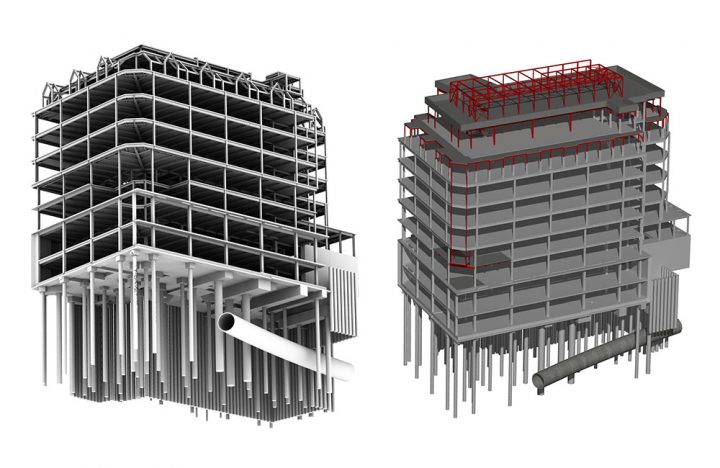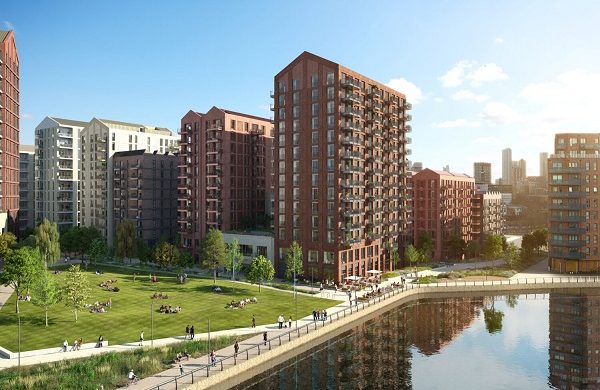Technical Expertise


































Adjacent Assets
We have built extensive experience with constructing projects in close proximity to surface level and below ground assets such as party walls, railways, underground tunnels and utilities.
From multiple successful projects, we understand and are familiar with the asset protection processes for stakeholders including Network Rail, London Underground Ltd, utilities companies such as Thames Water and UKPN, and local authority highways departments.
Typically, the liaison and approvals processes with asset owners can take considerable time, so we focus initially on early identification of adjacent assets through desk study research. By proactively commencing dialogue early on with asset owners, risks can be managed, and asset protection technical and process requirements can be built into the design. We have even managed to agree the building of a basement within 300mm of a London Underground Tunnel!
Technical considerations frequently start with ground movement analysis for the impact of construction or basement excavations over tunnels and sewers. We use cutting edge software combined with extensive geotechnical expertise and experience to demonstrate this. We also use good engineering thinking to avoid potential pitfalls and costs: on a recent project we kept the new basement within the site’s existing tiered two storey basement in order to minimise cost of new construction by using the existing retaining walls and limit the ground movement imposed on underground tunnels only 5m away from the basement. We then incorporate asset owner’s specific requirements, e.g. additional safety factors on tower crane base designs to protect above ground Network Rail assets adjacent to sites.
We work with our clients and asset owners to commission condition surveys before and after construction works commence in order to agree benchmarks and safeguard the various stakeholders.
We back up our design and analysis models with robust monitoring regimes, designed to identify any issues during construction before they become a problem, and to satisfy asset owners’ requirements for verification of movement. Recent examples including fortnightly positional monitoring of a portion of the Central Line tunnel in central London and vibration monitoring of a medium pressure gas main near piling works, along with more traditional party wall or basement retaining walls movement monitoring.



